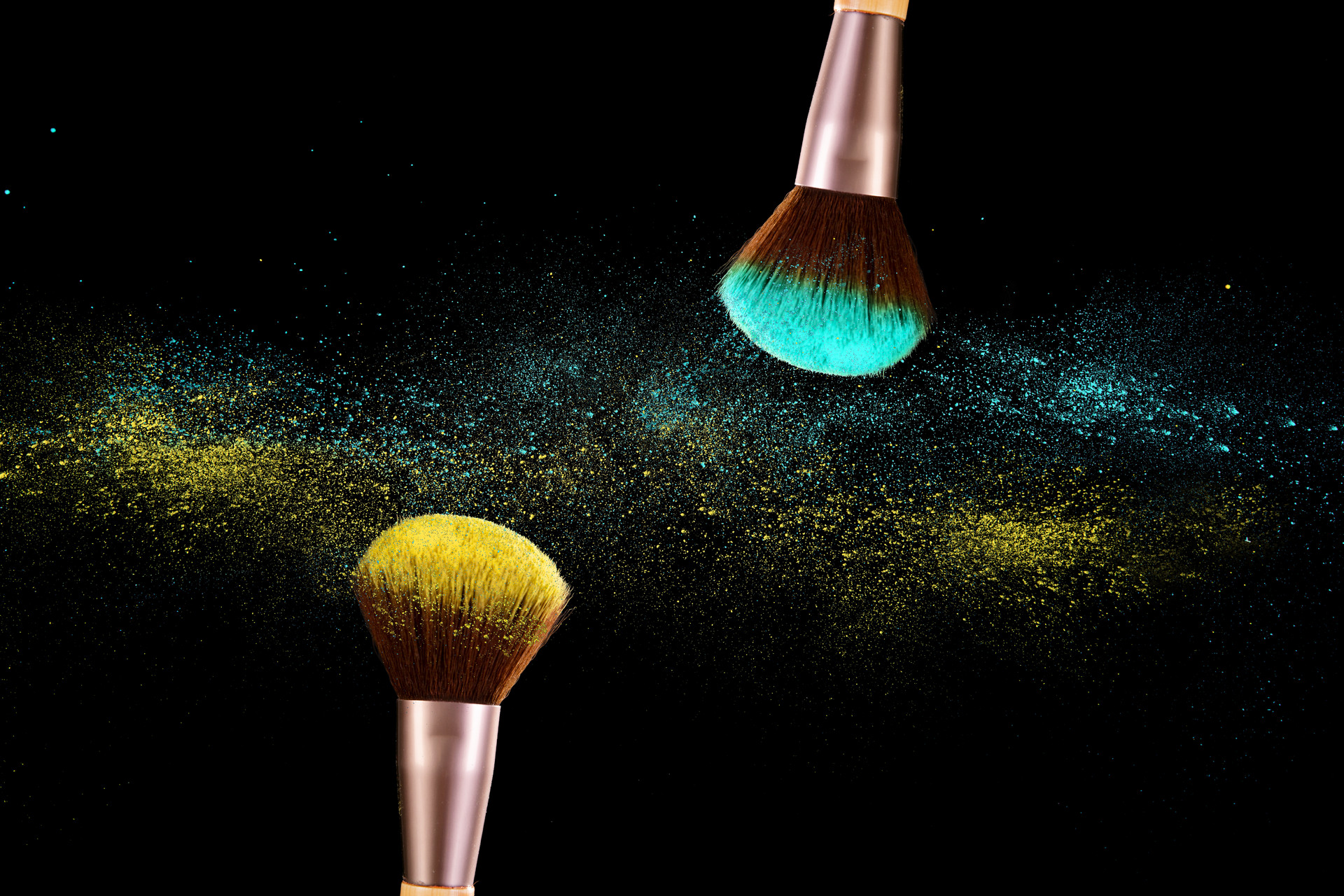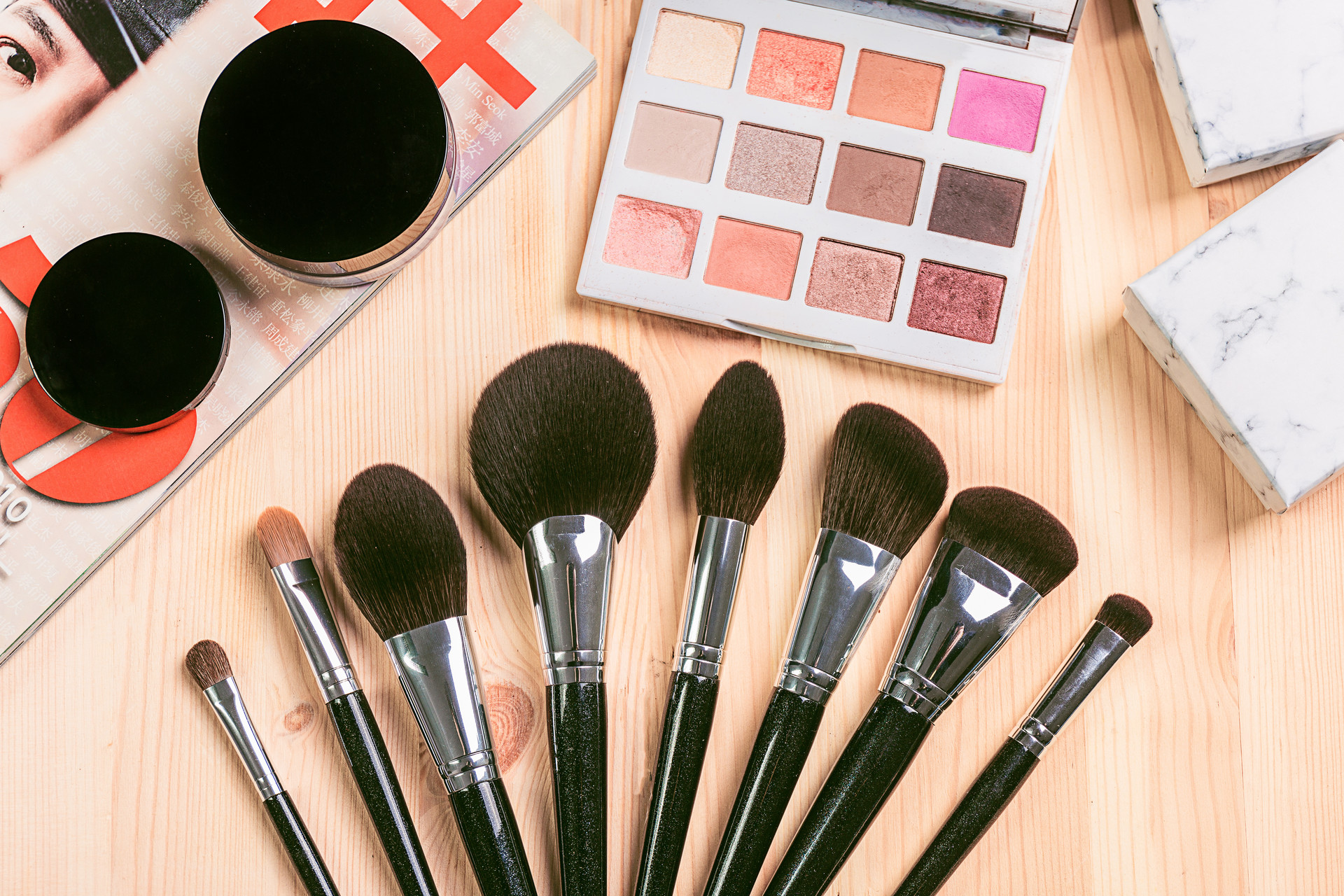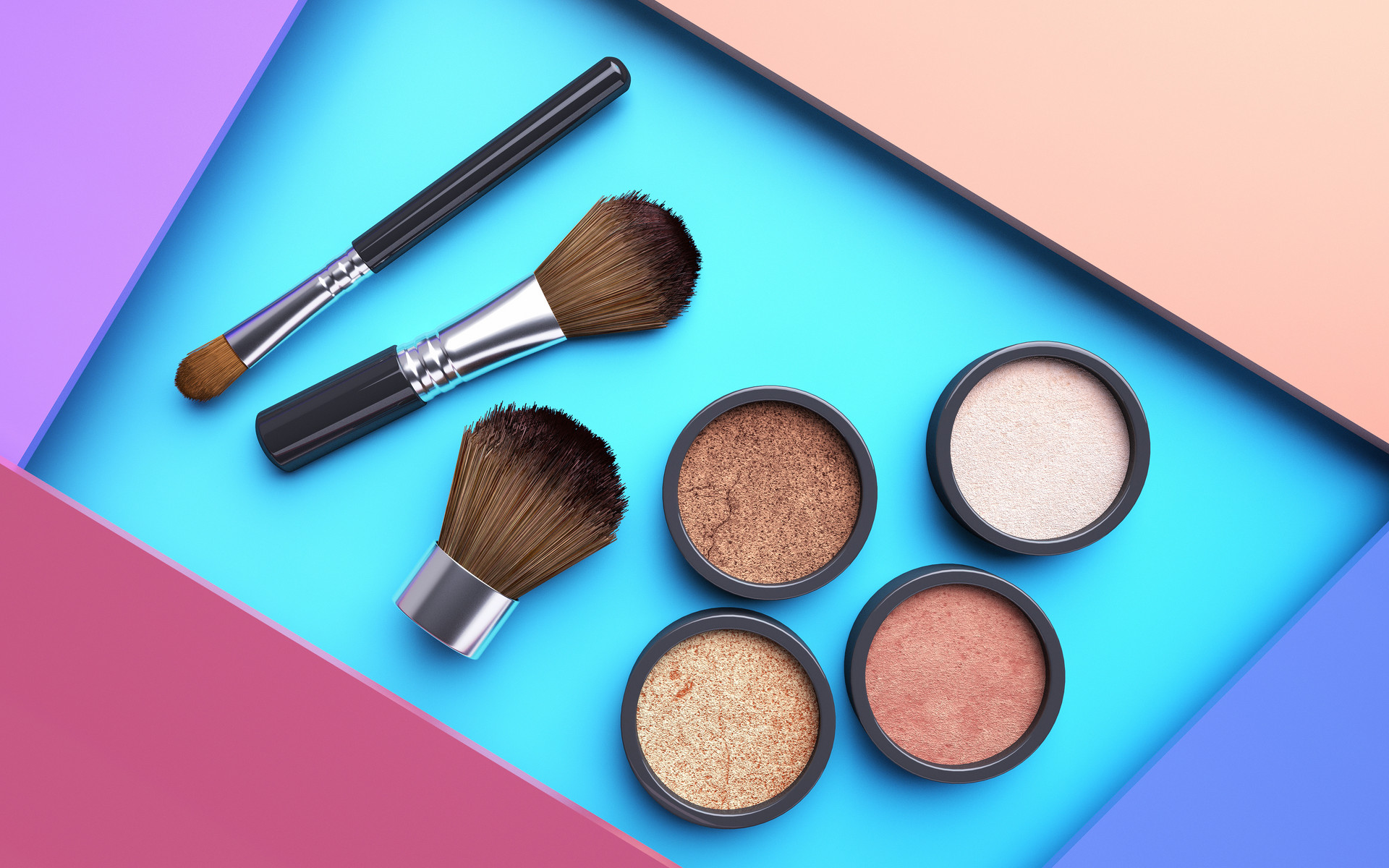news information
Cosmetics marked with forbidden pseudonyms
Source:
|
Author:beauty-100
|
Published time: 2021-01-11
|
832 Views
|
Share:
"It's a good thing that manufacturers can label the ingredients of cosmetics. In the future, at least they can't muddle through the ingredients and efficacy." In a supermarket, Ms. Li, who selects facial cleanser, told reporters that professional and formal ingredients will make consumers' shopping more "clear".
"It's a good thing that manufacturers can label the ingredients of cosmetics. In the future, at least they can't muddle through the ingredients and efficacy." In a supermarket, Ms. Li, who selects facial cleanser, told reporters that professional and formal ingredients will make consumers' shopping more "clear".
According to the "instructions for the use of consumer goods - General labels for cosmetics" issued by the relevant departments of the state, since June 17, 2010, all products produced or imported in the people's Republic of China shall apply for inspection and be sold in China Both domestic and imported cosmetics need to truly mark the names of all ingredients added in the product formula on the product packaging. This category includes skin care, make-up, shampoo, hair care, hair dyeing, perm, hair styling, fragrance, bath, hand sanitizer and other products that belong to the definition of cosmetics.
This morning, the reporter found in several large supermarkets and shopping malls that most skin care products have not clearly indicated the ingredients contained in the products. For a dandruff product, the ingredients column is still marked as "active ingredients: flake crystal, ZPT", and not all the ingredients are listed. The director of quality inspection told the reporter: "although the state has explicitly stipulated that cosmetics should be marked with product ingredients, cosmetics produced before June 17 can be sold to the end of the product shelf life." It is understood that the shelf life of cosmetics is generally 2 to 3 years.
According to the "instructions for the use of consumer goods - General labels for cosmetics" issued by the relevant departments of the state, since June 17, 2010, all products produced or imported in the people's Republic of China shall apply for inspection and be sold in China Both domestic and imported cosmetics need to truly mark the names of all ingredients added in the product formula on the product packaging. This category includes skin care, make-up, shampoo, hair care, hair dyeing, perm, hair styling, fragrance, bath, hand sanitizer and other products that belong to the definition of cosmetics.
This morning, the reporter found in several large supermarkets and shopping malls that most skin care products have not clearly indicated the ingredients contained in the products. For a dandruff product, the ingredients column is still marked as "active ingredients: flake crystal, ZPT", and not all the ingredients are listed. The director of quality inspection told the reporter: "although the state has explicitly stipulated that cosmetics should be marked with product ingredients, cosmetics produced before June 17 can be sold to the end of the product shelf life." It is understood that the shelf life of cosmetics is generally 2 to 3 years.

PRODUCT
Address: #203, 12A building, Mingcuiyuan, Liangantian community, Pinghu street, Longgang district, Shenzhen
Web: www.fairycosmetic.com
Mob: 86 0 15811820156
Skype: 86 0 15811820156
CONTACT US
Shenzhen Fairy Cosmetic Products Co.,Ltd Copyright www.fairycosmetic.com



